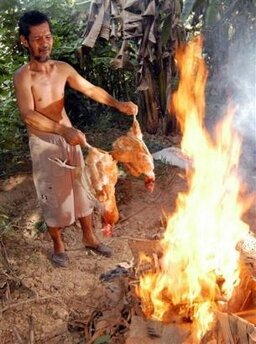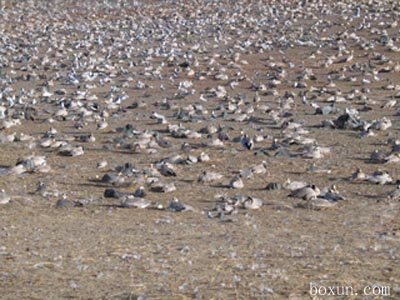Sun 2 Oct 2005
KEVIN CONNOR, TORONTO SUN, reports:
Hospitals brought out their SARS suits to deal with a mysterious respiratory outbreak that has killed four patients and put dozens of others into quarantine.
“There is no guarantee that this is not the beginning of the next pandemic,” Dr. Allison McGeer, a microbiologist at Mount Sinai Hospital said yesterday, adding tests so far have shown the outbreak is not SARS, avian flu or influenza.
“This is a sizable outbreak and it’s somewhat unusual. We are doing everything we can to find the organism. We still have to identify it so this is serious.”
Experts have said it’s only a matter of time before a worldwide outbreak of a potentially deadly flu overtakes Toronto, infecting as many as 900,000 people.
This outbreak, which occurred at the Seven Oaks nursing home at 9 Neilson Rd. in Scarborough, began on Sept. 25 and has killed four and affected 68 other residents and five employees.
Fifteen residents have been taken to Scarborough hospital and Rouge Valley hospital and have been quarantined.
One patient died in hospital. The other three died at Seven Oaks. The patients were in their fifties, seventies and nineties.
“We don’t know what it is. The patients have severe flu-like symptoms and we have them in isolation,” said Katie Cronin-Wood at Rouge Valley hospital, which is caring for 12 patients.
(more…)






